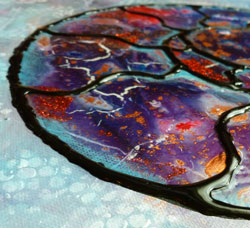Just had to say…
I have the most wonderful art students – and I have some numbers to prove it. At the recent art show in Grand Bend, 14 artists who had paintings there are or have been students of mine. That added up to 27 of the paintings in the show. And, in the current art show at the Aeolian Hall in London, of the 9 artists showing, 5 are my art students, plus myself – makes 6! You can arrange to see the current Aeolian Art Show by phoning the Hall at 519-672-7950 weekdays between 11 a.m. and 5 p.m. Or why not take in a concert and enjoy the art too? Here’s the “Aeolian Website“. (Find link on my homepage blog if reading this in Facebook or elsewhere.) –
I’m so happy to see my students doing so well – paint on!



